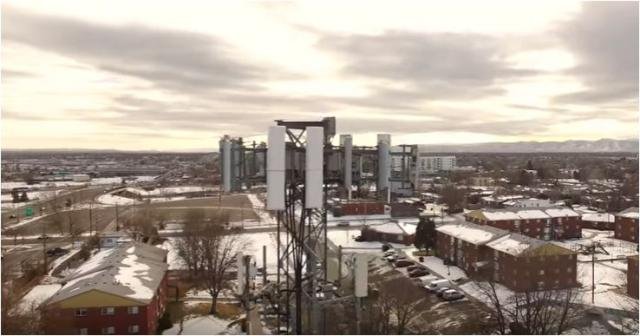Pakistan, which has a population of 217 million, has 161 million mobile phone subscribers including 69 million 3G / 4G users.

Pakistan is likely to take longer time to enter into 5G business because the penetration of 3G / 4G has reached 32.72 percent in June 2019.
Jazz, a part of Veon, has around 60 million mobile phone users in Pakistan. Telenor has 44 million mobile phone customers, according to statistics from Pakistan Telecommunication Authority (PTA). The other two telecom operators in Pakistan include Zong, a subsidiary of China Mobile and Ufone, a part of Etisalat of the UAE.
The mobile market share of Jazz reached 36.93 percent as compared with 27.46 percent for Telenor, 21.56 percent for Zong and 14.05 percent for Ufone.
Mobile phone users on 3G and 4G network are facing poor network performance. Local mobile operators, under the regulation, have to maintain data rates of 256 kbps for 3G and 2 Mbps for 4G in Pakistan, Matt Walker said in a research report from MTN Consulting.
Jazz has achieved an average download speed of 17.13 Mbps and average upload speed of 10.74 Mbps during Q3-Q4 2018, Speedtest report from Ookla said.
Zong has achieved an average download speed of 17.13 Mbps and average upload speed of 10.74 Mbps during Q3-Q4 2018.
Telenor has achieved an average download speed of 7.72 Mbps and average upload speed of 3.81 Mbps during Q3-Q4 2018.
Ufone has achieved an average download speed of 4.43 Mbps and average upload speed of 2.29 Mbps during Q3-Q4 2018.
Pakistan economy
The currency in Pakistan has been devalued by more than 40 percent to its value of January 2018. During January 2018 the exchange rate was USD 1 to PKR 110 and now in August 2019 it is hovering around PKR 160.
This is impacting the telecom sector in the country. Reduction in profit margins, decrease in available Capex for new investments as nearly all equipment is imported and increase in Opex are the main issues due to the devaluation of PKR.
Low ARPU is yet another issue. Telenor’s Pakistan branch recorded an ARPU of 12 NOK in Q2 2019, less than half of Telenor Myanmar’s 25 NOK/month.
Mobile operator revenue in Pakistan reached PKR 488750 million in 2017-18 as compared with PKR 464111 million in 2016-17.
Main network suppliers
China-based Huawei and ZTE are the main suppliers of the radio access network (RAN) in Pakistan.
Telenor Pakistan is in the process of swapping all its radio sites from ZTE to Nokia while Jazz is also planning to cut down on its spend on China-based telecom equipment makers, according to a report from MTN Consulting.
Ericsson is not present in the RAN market, but won an optimization project from Jazz in Feb 2018.
Transmission networks in Pakistan rely almost entirely on China. Ericsson can hardly be seen in the market. Ericsson has a very small footprint in the transmission network. Japan’s NEC supports backhaul via microwave radio hops in Telenor’s network.
Huawei has up to 60 percent of the RAN market share, with ZTE capturing virtually all the remainder.
Pakistan Telecommunication Authority said telecoms Capex has reached $670 million in 2017-18 as compared with $635 million during 2016-17.
Pakistan operators are not yet ready for making investment in 5G network. They may try to expand 4G network coverage and may take another 3-4 years to look for additional revenue streams from 5G.
